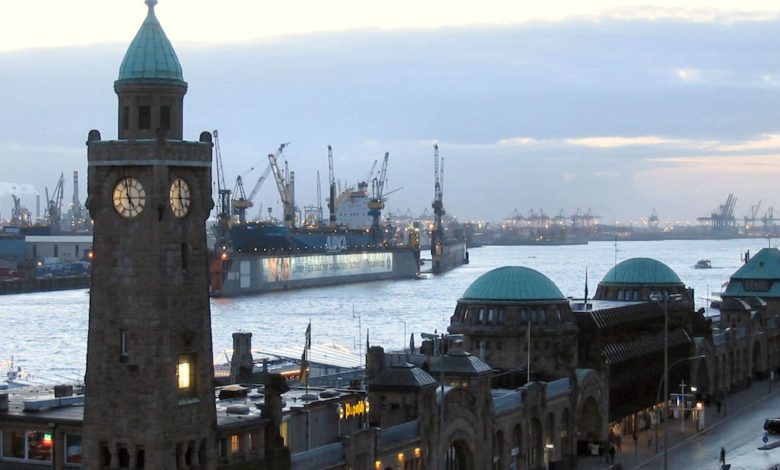German banks thaw out

Like spring, the snow is beginning to melt at German banks – the thaw is finally here. In the year to date, for my money, the single most interesting development on the banking side of shipping has been watching the German banks come out of hibernation and start to gear up. When I look at what their portfolio is, I find it simply incredible how much money has been lost in the past few years both on the equities and the loans sides of their businesses.
In the last three or four months we have witnessed a much needed massive clear out in Germany. Companies are being merged – others bankrupted – in a belated bid to clear the banks’ books. It is amazingly late in the process to have finally got around to doing this, but at least it is happening – it will be good for everyone. Having said that once all this clear-out is achieved I cannot see German ship finance coming back into the markets in such a strong way as, say, 10 or 15 years ago. They have been too badly burnt.
To the north I am watching with interest how new entities from Norway are gaining quick traction.
Take Maritme and Merchant Bank, for instance. It’s been up and running from the new year and I can reveal it has been completely swamped – the new shipping bank got around 30 applications within the first two weeks of opening. Of course there’s been plenty of enquiries from the Norwegian market as Nordea and DNB have exited the local scene, but also from small and medium owners from around the world who have seen most other banks pull up their drawbridges.
Also out of Norway – well via London and the Middle East! – there’s the new ‘non-bank’ Maritime Asset Partners (MAP) headed up by the highly capable former Deutsche Bank supremo, Nick Roos. I am sure MAP will do well in today’s market.
There are actually lots of new banks coming into market. The traditional banks have completely mispriced risk while the new ones are getting it right. Over in Cyprus, for instance, I know there are a bunch of banks there clearly interested in getting into shipping.
There are also plenty of funds coming into the market.
It can still be hard to find loans in the region of 3.5 to 5%. If you go to 7 to 10% you will find money, but owners don’t like this and few shipping projects can support such high margins.
As the days stretch and summer hoves into view in the northern hemisphere could anyone have sensed the optimism that has abounded in dry bulk so far this year? It has certainly helped in the US, where New York-listed companies have managed to raise a record $2.5bn in the first 11 weeks of the year, largely riding the bullish back of the mini-boom in dry bulk as well as some optimism in the LNG sector.
Still, this is shipping and as is traditional in this crazy industry that I have now been involved in for 40 years, owners are again gearing up to kill the goose before the egg has hatched. There’s plenty of enquiries right now at Chinese shipyards: newbuild prices have come down to far too tempting a price – $40m for a cape?
My guess is that looking ahead with certain key new regulations coming in – ballast water, sulphur, etc – within two years we’ll see an enormous order boom for bulkers. The fact is you don’t want a 15-year-old ship as you will be spending minimum $1m on drydocking. New regulations coming into effect in 2018 and 2020 add to the attractiveness to getting a new ship – yards are desperate and prices are almost unheard of – the lowest since at least 2002. People are buying ships on the basis of the spot rates, which I have never understood. Bear in mind too, slow steaming will go soon when rates go up and fuel prices keep low – meaning more supply also from the present fleet is expected.
Anyway, such rapid highs and lows is why we all love shipping.
This article first appeared in Maritime CEO Issue One 2017, which you can read by clicking here.
